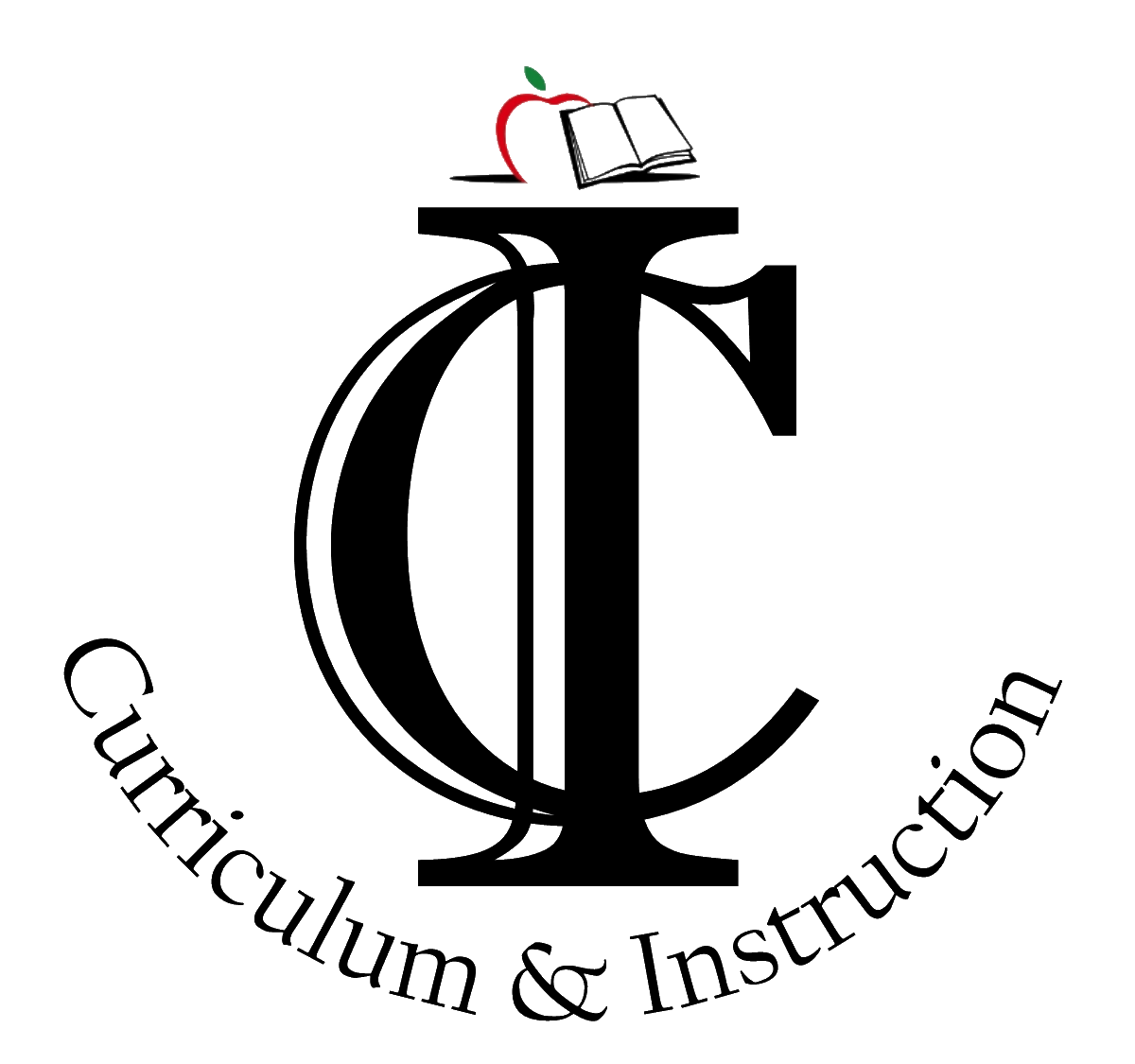Filter Results
3D Printing Biomolecules
A lesson plan and journal lesson that has students use a 3D printer to model their understanding of how biomolecules get digested.Submitted by: Jennifer Chranowski (Options): ESP Grant
Grade Level: 9-12,Biology
Disciplinary Core Ideas: ETS2A: Interdependence of Science Engineering, and Technology,LS1C: Organization for Matter and Energy Flow in Organisms
5E Mapping Craters
Students will be able to explain why craters are formed and the effect of asteroid’s impact on Earth,including life, as evidence by creating a newscaster video.Submitted by: Maria Canales
Grade Level: 7-8
Disciplinary Core Ideas: LS4A: Evidence of Common Ancestry and Diversity,PS2B: Types of Interactions
Bird Beak Engineering Project
Students will use their knowledge of natural selection (LS 4-4 and LS 4-6) to engineer a bird beak that will allow a bird to gather the most food in certain environmental conditions to model the natural selection process.Submitted by: Melissa Rains (CPM) Christianne Dayawon (CPM) Alicia Johal (MVA) Shaina Peng (CPM)
Grade Level: 7-8
Disciplinary Core Ideas: LS4A: Evidence of Common Ancestry and Diversity,PS2B: Types of Interactions
Build a Better Helmet
Students will place an egg (representing the head/ brain) in their helmet and drop it from a given height, record the impact velocity and analyze the impact the drop had on the egg. They will observe any cracks, record their location and predict the parts of the brain that might be affected by the impact. Students will share their helmet design, the outcome of their test and possible modifications with their peers.Submitted by: Maritza Villegas (CVH); Angie Carrillo-Polmear (CVH); Leticia Tena Sprague (CVH)
Grade Level: 9-12,Biology
Disciplinary Core Ideas: LS1A: Structure and Functions
Building Straw Rockets
Students will be designing, testing, and modifying a straw rocket that will be used to deflect an asteroid that is coming towards Earth. They will be evaluating data (how close their rocket was to the asteroid) and explaining how their design could be modified to improve their design. They will be analyzing the forces acting on their rockets.Submitted by: Kate Kleespies (MVA), Sarah Reimund (HTM), and Maria Canales (BVM), Dawn Castillo (RDR)
Grade Level: 7-8
Disciplinary Core Ideas: ETS1A: Defining and Delimiting and Engineering Problem,ETS1B: Developing Possible Solutions,ETS1C: Optimizing the Design Solution,PS2A: Forces and Motion,PS2B: Types of Interactions
Collisions Engineering Project
Students will use their cumulative knowledge of what happens when two object collide (forces, motion, kinetic energy, and gravity) to design a shield for the Curiosity Rover to prevent damage to the rover during a meteor shower.Submitted by: Melissa Rains (CPM); Christianne Dayawon (CPM); Alicia Johal (MVA); Shaina Peng (CPM)
Grade Level: 7-8
Disciplinary Core Ideas: ETS1A: Defining and Delimiting and Engineering Problem,ETS1B: Developing Possible Solutions,ETS1C: Optimizing the Design Solution,PS2A: Forces and Motion
Creating a Water Strider: Intermolecular Forces
This activity involves modeling a water strider with a paper clip on a variety of liquids. Surface tension was one of the primary intermolecular forces discussed.Submitted by: Heather Abaroa Bassett (CVH), Natalio Panzarini (OLH), Ryan Reid Razón (OLH), Hayley Salazar (ORH), Maria Santoyo (OLH), Maria Whitehead (SOH)
Grade Level: Chemistry
Disciplinary Core Ideas: PS1A: Structure and Properties of Matter
Decision Making Matrix/Weighted Benefit Analysis
Engineers follow a systematic, evidence-based process for making decisions. There are multiple ways to do this, all based on the identification and evaluation of criteria. This resource provides a systematic approach to creating weighted benefit analysis for any engineering project.Submitted by: Odesma Dalrymple (USD)
Grade Level: 7-8,9-12
Disciplinary Core Ideas: ETS1B: Developing Possible Solutions,ETS1C: Optimizing the Design Solution,ETS2A: Interdependence of Science Engineering, and Technology,ETS2B: Influence of Engineering
Design a Calorimeter: An Engineering Project in Chemistry
As the culmination to a unit on energy, heat, and temperature students will design a calorimeter. Students will use the design process to: imagine, research, plan, create, test, and revise their calorimeters. A Weighted Benefit Analysis, that the classes agree upon, will be used to determine which is “the best” calorimeter.Submitted by: Heather Abaroa Bassett (CVH); Maria Carmen Whitehead (SOH)
Grade Level: Chemistry
Disciplinary Core Ideas: ETS1B: Developing Possible Solutions,ETS1C: Optimizing the Design Solution,PS3B: Conservation of Energy and Energy Transfer
OptiMOLE Rocket Lab
Students will collect hydrogen and oxygen gas in varying ratios, igniting the gas to launch their “rockets”. Using data collected, they will determine the optimal ratio for successful combustion.Submitted by: Kimya Mahzad (BVH);Kevin Gillette (ELH); Danielle Mesa (ORH); Ben Fabian (ORH); Juan Contrereas (OLH)
Grade Level: Chemistry
Disciplinary Core Ideas: ETS1B: Developing Possible Solutions,ETS1C: Optimizing the Design Solution,PS1A: Structure and Properties of Matter,PS1B: Chemical Reactions
Protein Engineering
Use modeling with toobers and online sources to demonstrate protein foldingSubmitted by: Michelle Mardahl (BVM) - ESP Grant
Grade Level: 9-12,Biology
Disciplinary Core Ideas: LS1A: Structure and Functions
Solar Still Project
During this lesson students will first be given the problem of how to survive if stuck on a boat in the middle of the ocean, and then given information so that they can solve this problem by the end of the unit. Students will be designing a solar still as a way to make fresh water using concepts that they have learned throughout the energy unit.Submitted by: Rachel Meisner (CPH), Gina Arias (SYH), Carrie Northum (SYH), Kevin Gillette (ELH), Danielle Mesa (OHS), Kimya Mahzad (BVH)
Grade Level: Chemistry
Disciplinary Core Ideas: ETS1A: Defining and Delimiting and Engineering Problem,ETS1B: Developing Possible Solutions,PS3A: Definition of Energy,PS3B: Conservation of Energy and Energy Transfer,PS3D: Energy in Chemical Processes and Everyday Life
Waves-Triangulation Mapping to Find an Epicenter
Students will be able to use triangulation to locate an earthquake’s epicenter and will know the difference between an S wave and a P Wave and how their time difference is used to locate an earthquake’s epicenter.Submitted by: Maria Canales (BVM); Ken Yanow (SWC)
Grade Level: 7-8
Disciplinary Core Ideas: LS4A: Evidence of Common Ancestry and Diversity,PS2B: Types of Interactions
